The market for wearable electronics is quite large and certainly not centered around the Apple Watch. You can choose many different solutions for your iPhone, starting with Garmin, going through Xiaomi products and ending with Samsung. Unfortunately, this is not the case with the Galaxy Watch4 series. Even so, let's see if this watch is a worthy competitor to the Apple Watch and if Android users can find a similar one in it.
When Samsung presented its Tizen-based Galaxy Watch, it also offered a corresponding application in the App Store, with the help of which the devices communicated correctly with each other (and they still communicate). But with Wear OS 3, which is present in the Galaxy Watch4 and Watch4 Classic models, that has changed, and even if you wanted to, you can no longer connect them to iPhones.
So it's a halfway competition. As far as their operating system is concerned, it is the most advanced one right after the one from Apple's workshop, after all, it can be said quite well that Wear OS 3 is a certain copy of watchOS. The position of the Galaxy Watch4 is therefore more in that respect to provide the comfort of using a smart watch and its functions similar to the Apple Watch to Android device users. And it must be admitted that they succeed 100%.
It could be interest you
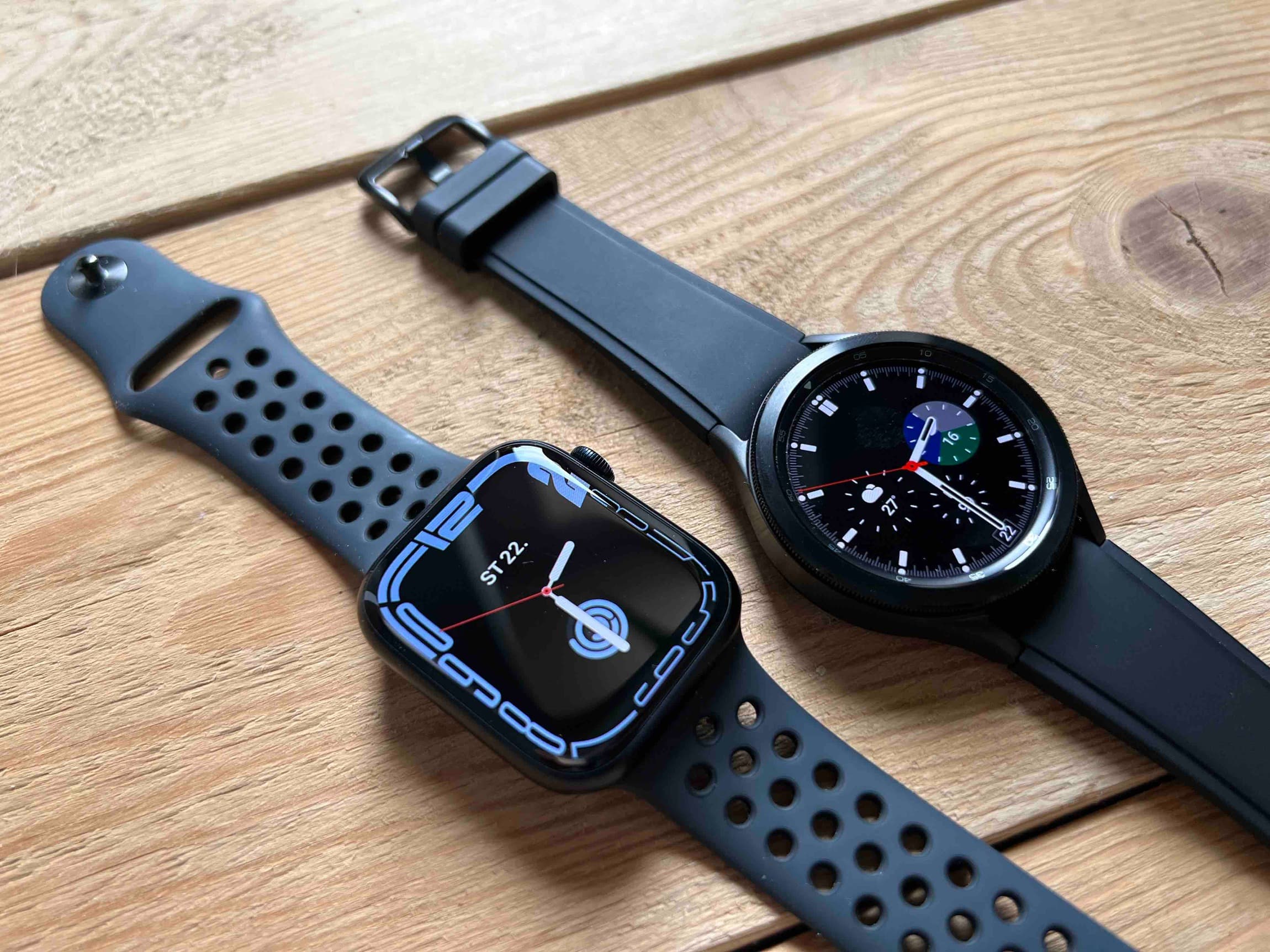
Round Apple Watch for Android
In essence, it can be said that if you took the Apple Watch, put it in a circular case, removed the crown and added a rotating bezel (hardware in the case of the Classic version, software in the case of the basic version), while optimizing it for the possibility of communication with Android devices, you have them Galaxy Watch4 (Classic). Of course, there are bigger or smaller differences, but usually they are rather negligible and are mainly based on the shape of the case.
Apple Watch owners are used to their rectangular layout, the rest of the world wears more round watches after all, after all, the clock face is also circular. In the case of the Apple Watch, their crown leads, which you can turn and immediately press to perform the given action. Although the bezel is more practical to use because it is larger, it is complemented by hardware buttons on the side of the case. So while this is a great feature, Apple Watch controls are still more contrived. But it's good that Samsung didn't go down the path of copying and came up with an original solution (which it wants to get rid of in the Galaxy Watch5, inexplicably).
In the individual articles, we described the operating system and its differences, as well as the variants of watch faces, where Apple also clearly has the upper hand, although it is questionable when it comes to complications (it is often handled by third-party applications). We also know how they deviate when measuring activity. But how are the Galaxy Watch4 actually used?
It could be interest you
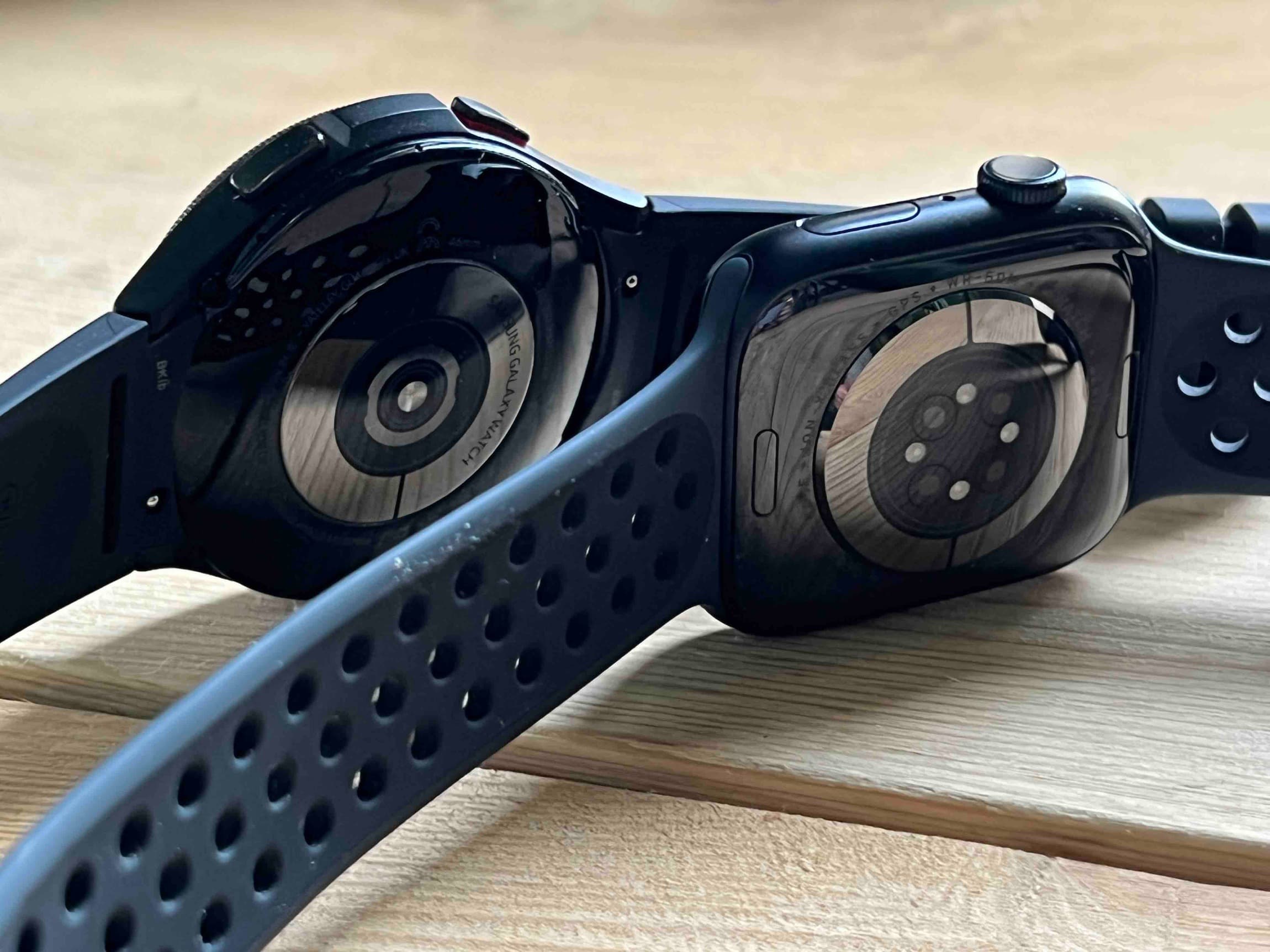
Daily on hand
The hardest part was putting down the device I was using and starting a new game, which meant using the Galaxy Watch4 Classic in conjunction with an Android phone, in my case the Samsung Galaxy S21 FE 5G. The advantage should be that it is one of the better Androids, so it didn't hurt that much. But as far as using the watch is concerned, the switch was almost immediate. You get used to the size and shape of the case right away, as well as the different controls, which are slower, but really fun at first.
It wasn't difficult at all in the case of the system itself, even if one day pulling out the control center from the bottom of the display instead of the top was the order of the day. People got used to the tiles relatively quickly, i.e. quick access to certain functions of the watch without launching them from the complication or the application menu. Apple is missing this, and I miss it enough on the Apple Watch now.
If I take it from the point of view of returning from the Galaxy Watch4 to the Apple Watch Series 7, I still miss showing the current heart rate in the complication, which surprisingly did not have any negative effect on the durability of the watch, which, after all, is comparable to the Apple Watch even when Always On is turned on. I've gotten pretty used to the goal in steps and not the calories that Apple forces us to. Sure, his system makes sense because it is independent of the activity being performed, but for many it is just an imaginary number under which they do not know what to imagine. Steps are a fairly clear indicator.
It could be interest you
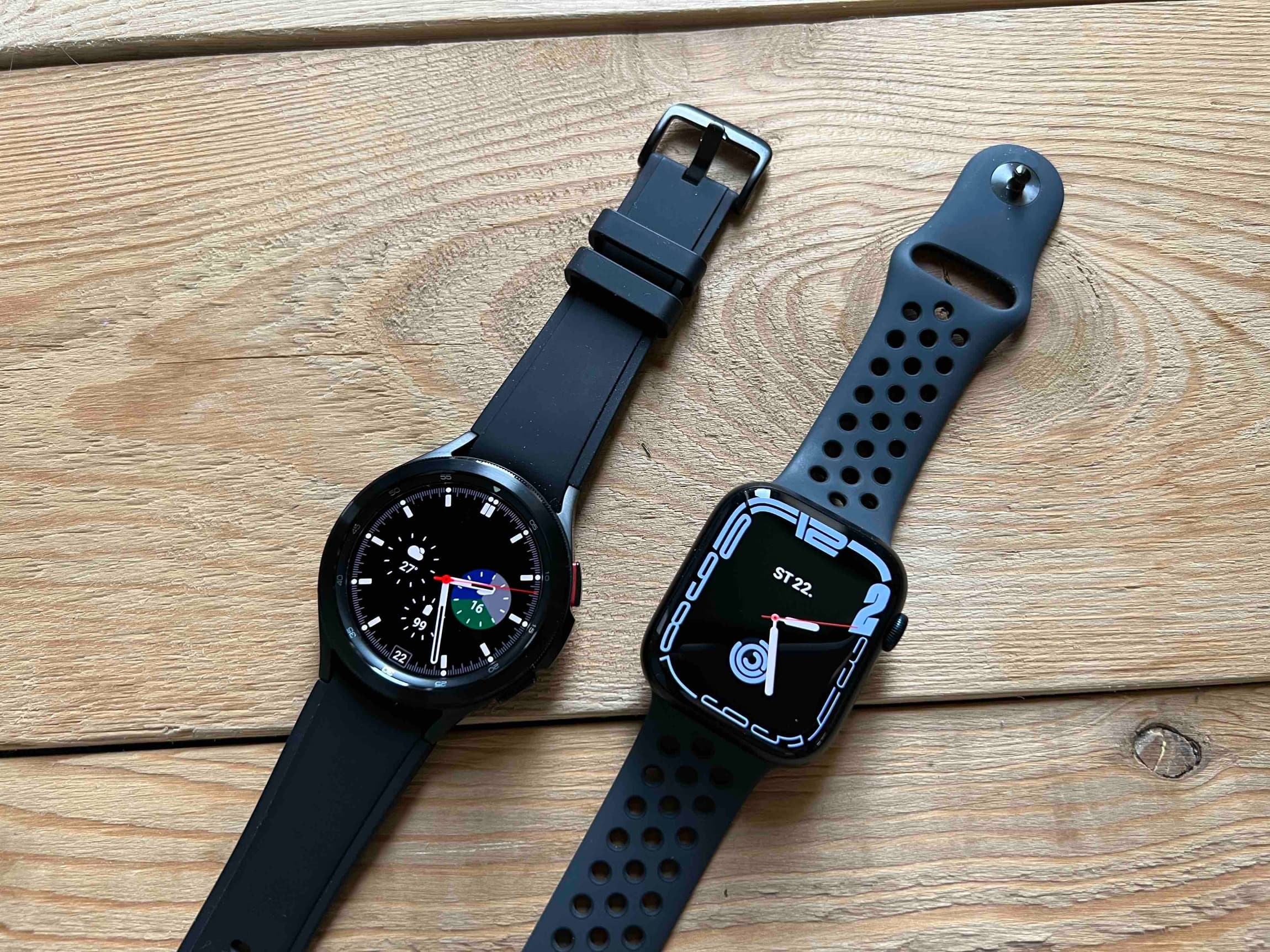
Clear choice?
I was somewhat skeptical before starting testing. But at the end of it, I have to say that the Galaxy Watch4 Classic is a great watch. Since we're an Apple magazine, I could easily write that it's worthless because it's not a paid advertisement, but that wouldn't be true. Whether you love Samsung or not, it's nice that it's here and that it's trying to bring its own solutions, albeit with a clear inspiration in the operating system.
So Android device owners have a relatively simple decision to make. If they want a truly smart watch with an operating system that allows the installation of full-fledged applications, they don't have much to deal with. The Galaxy Watch4 series holds its own in all respects, and if Samsung added to the likability and playfulness of the watch faces themselves, many would surely be grateful.
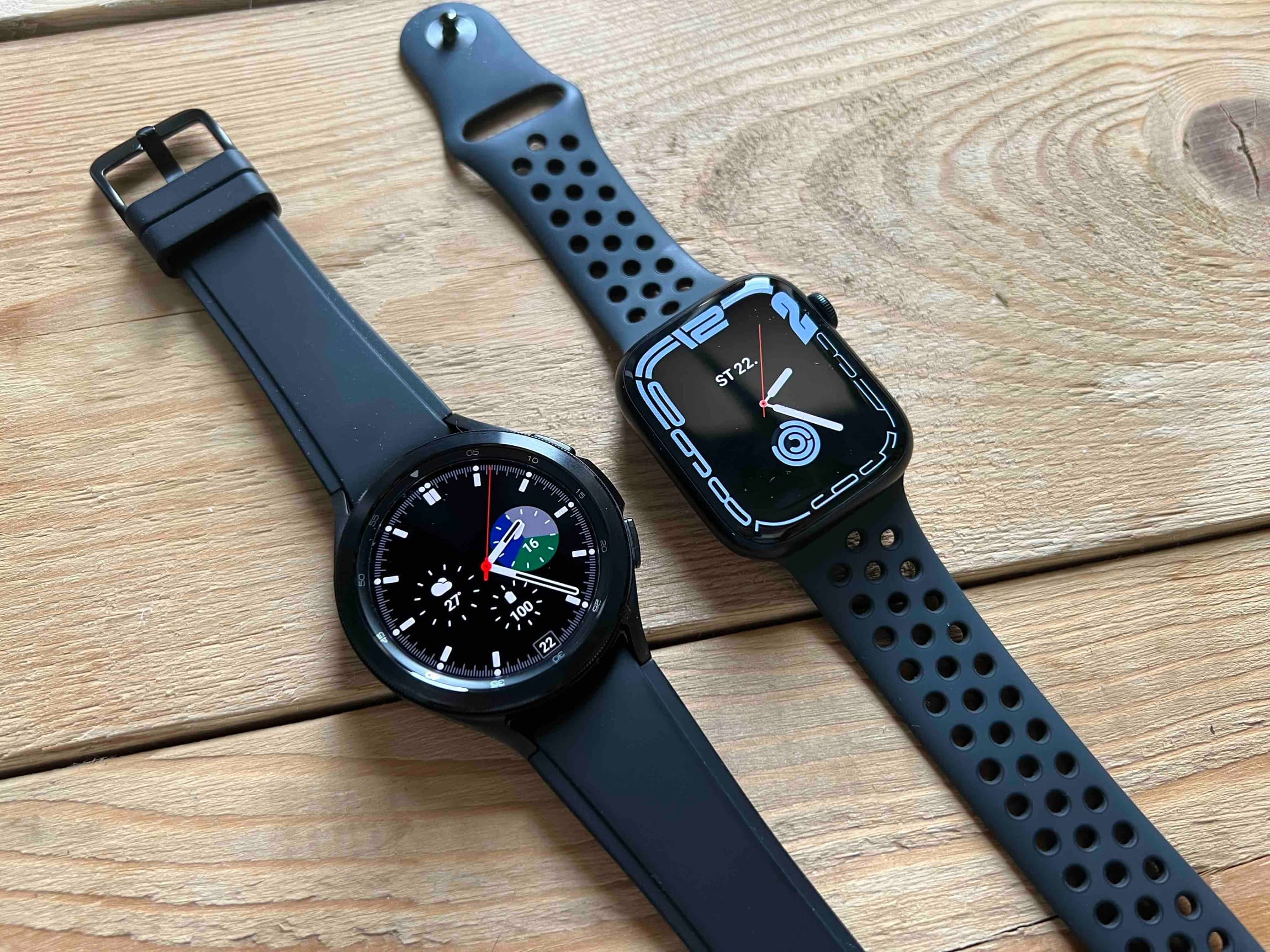

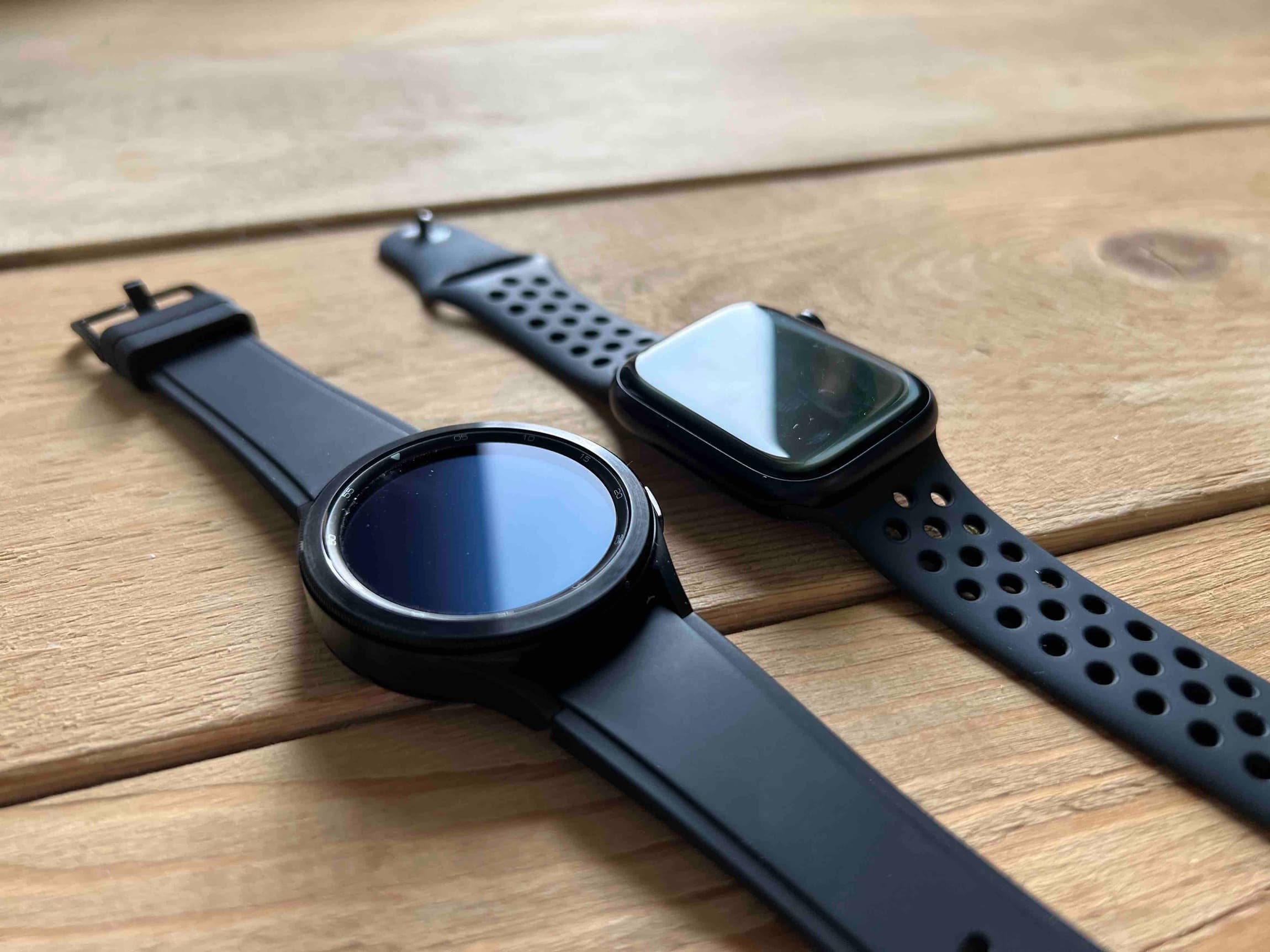
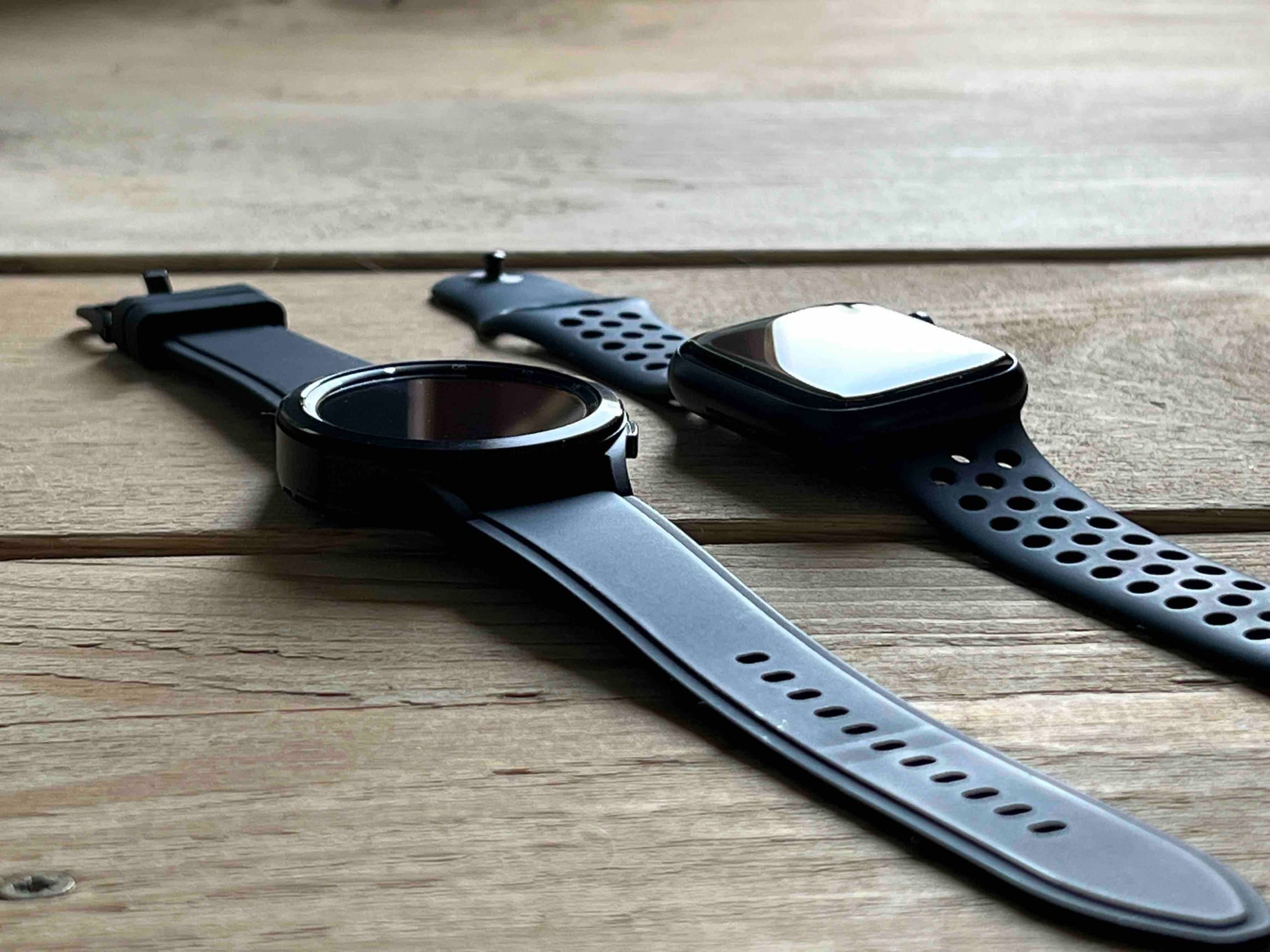
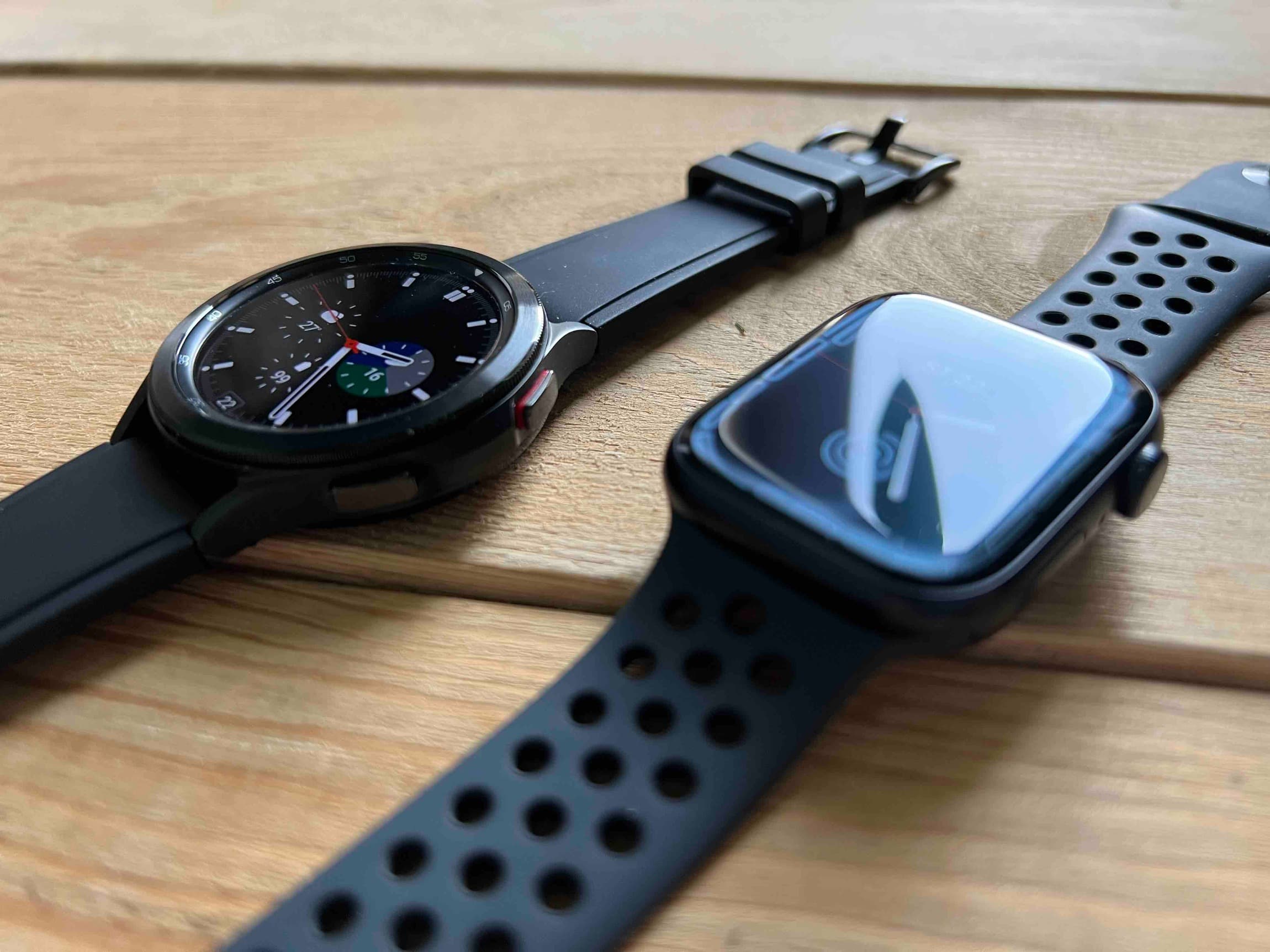
 Adam Kos
Adam Kos 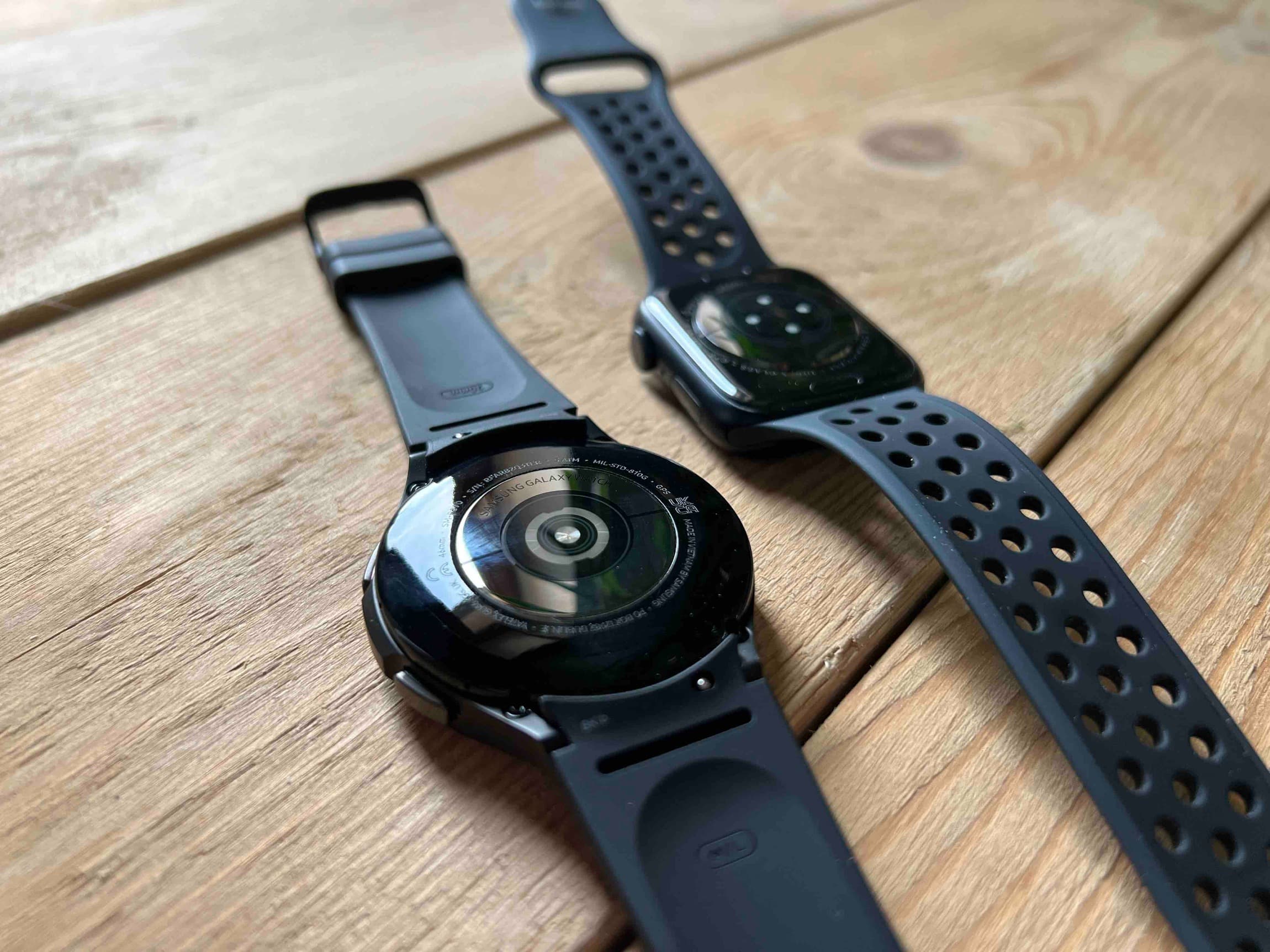
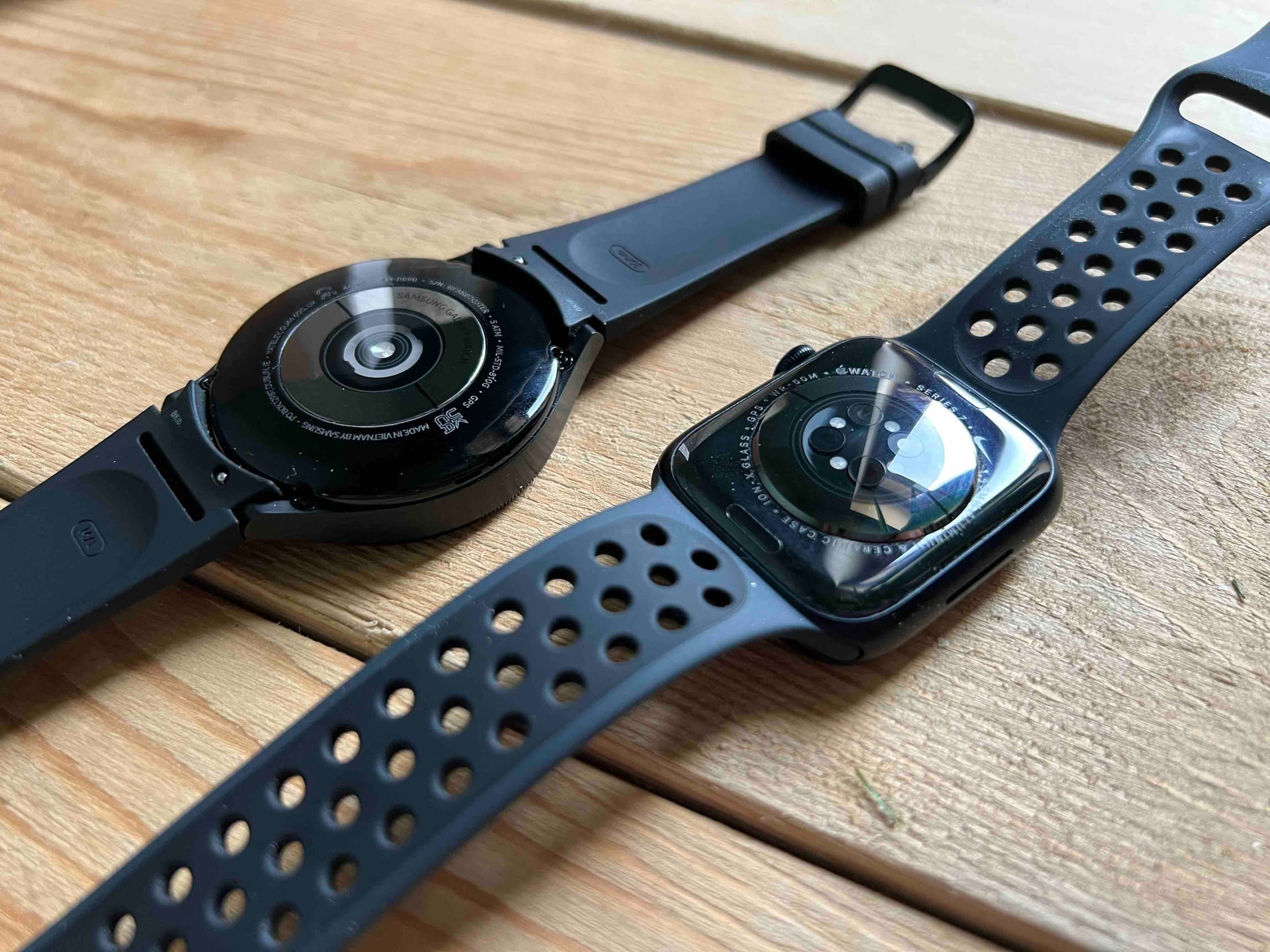

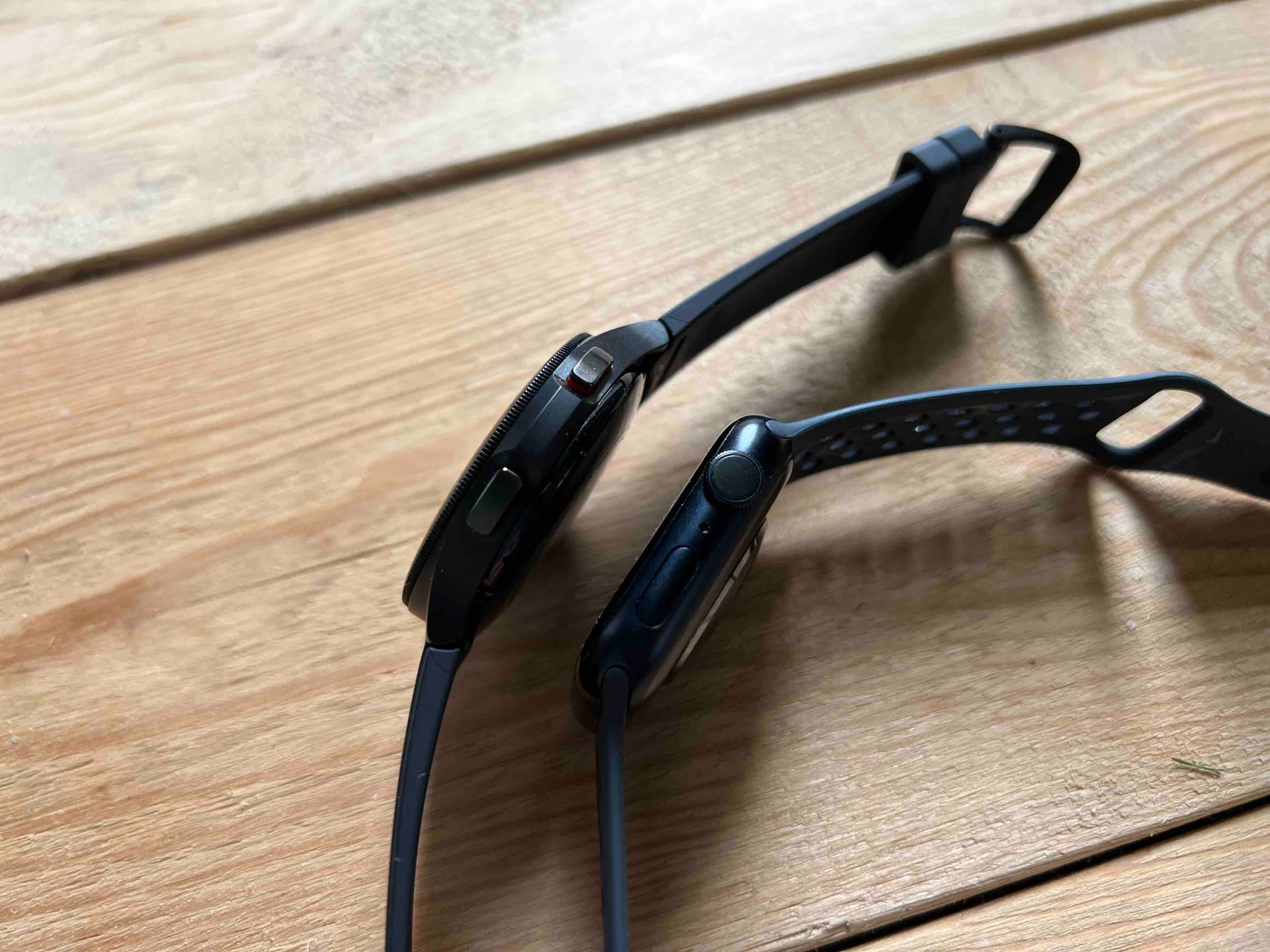

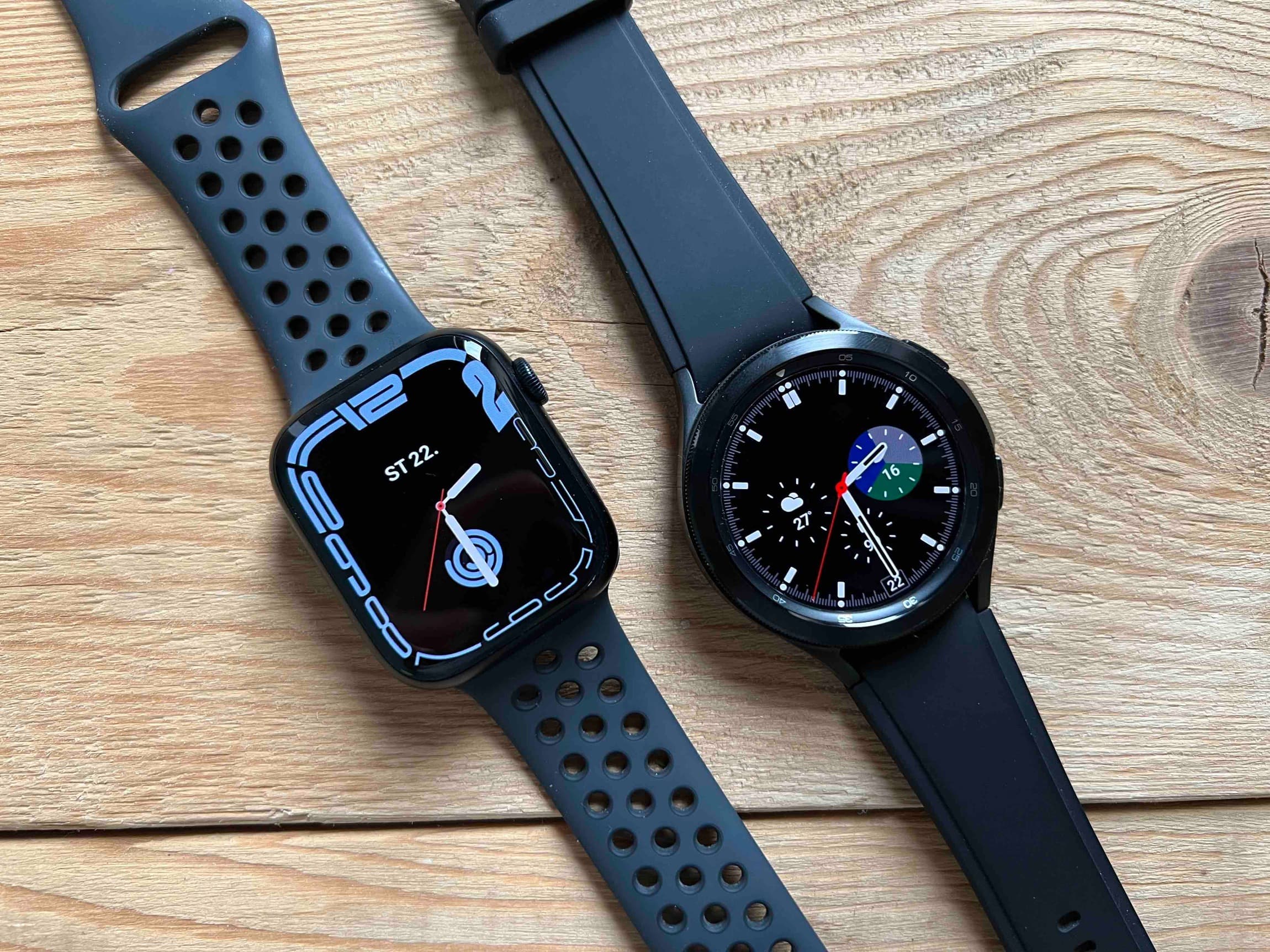

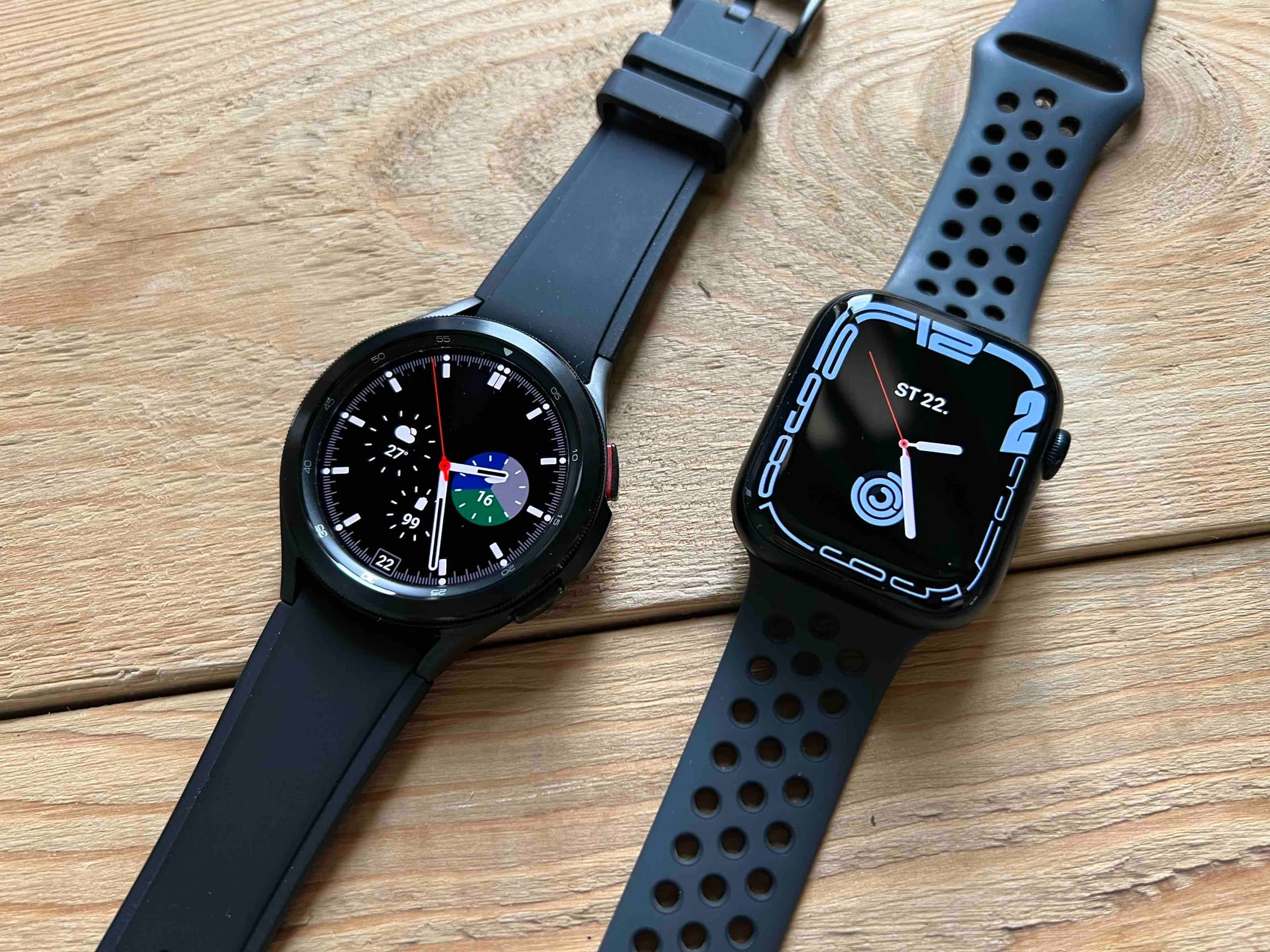

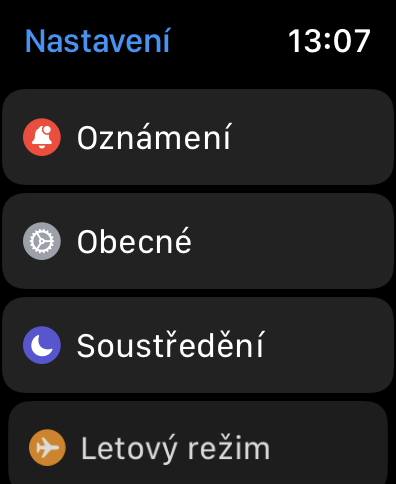

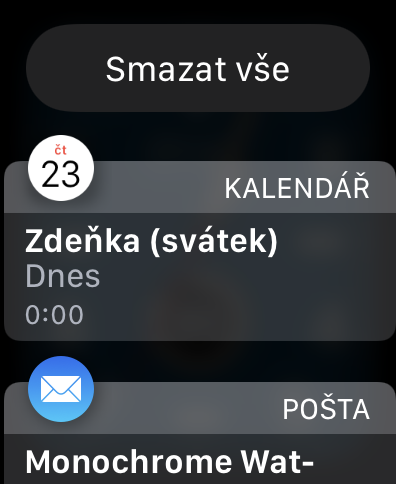
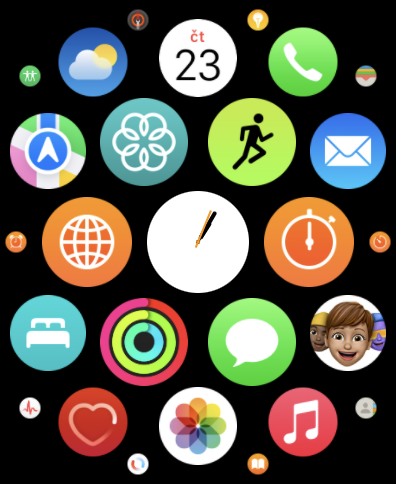

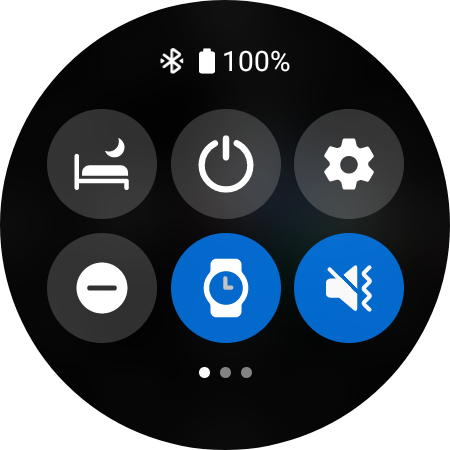


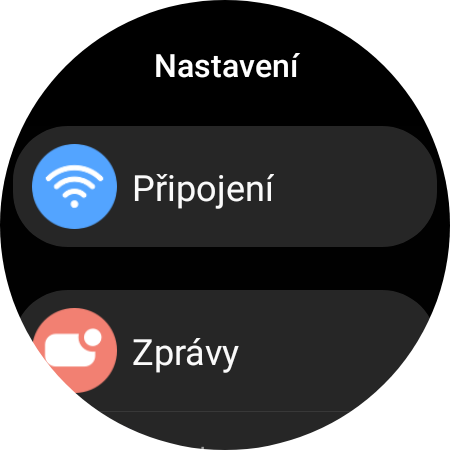
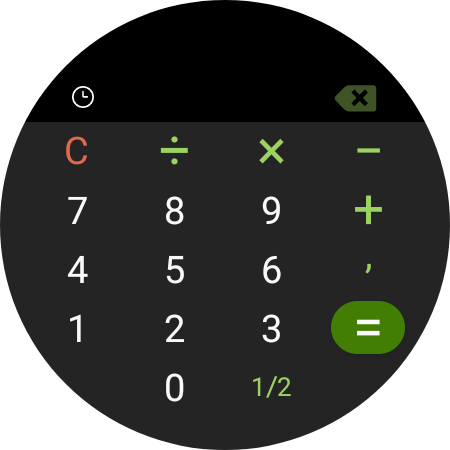
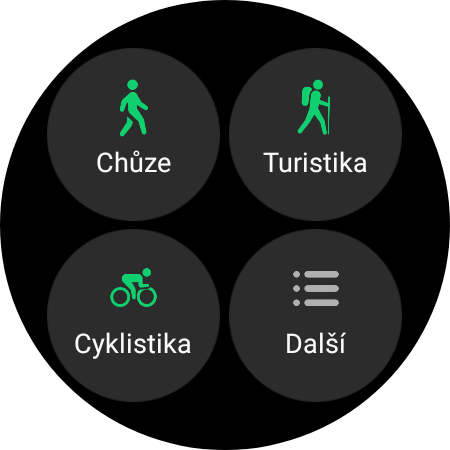
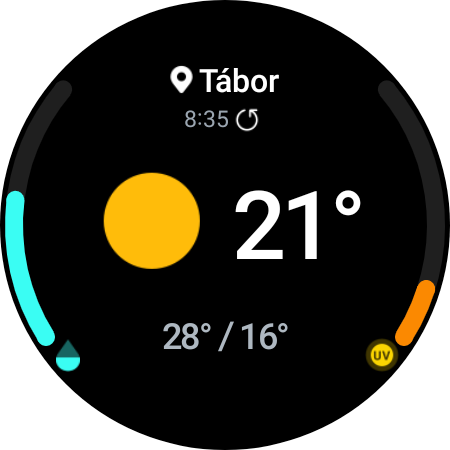

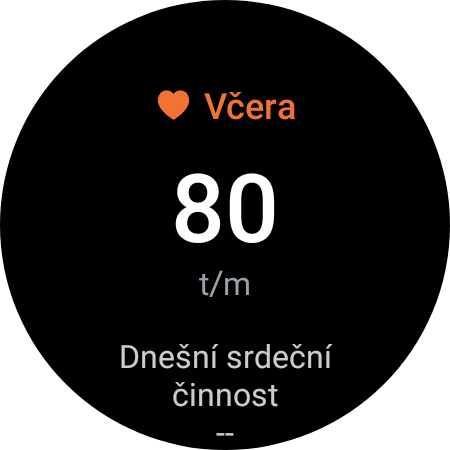
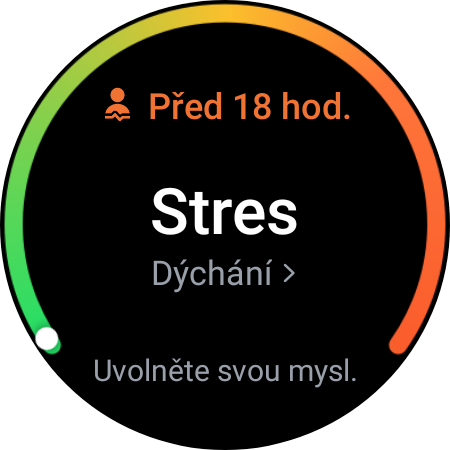


















Again some indication that Samsung didn't/copied something. He had his first watch two years before the Apple Watch, and the bezel came a few months after AW, when there was no time to copy anything.
The topic of the article is interesting, it also contained some useful information. But as a matter of fact, dear editors, please learn to write a little. I understand you are not professional journalists but content creators. But it is almost a physical pain to read your rickety sentence constructions, which do not connect well with each other. Thank you for at least thinking about it.
I wouldn't take Samsung as a cheap mini. It's the Korean branch of Apple